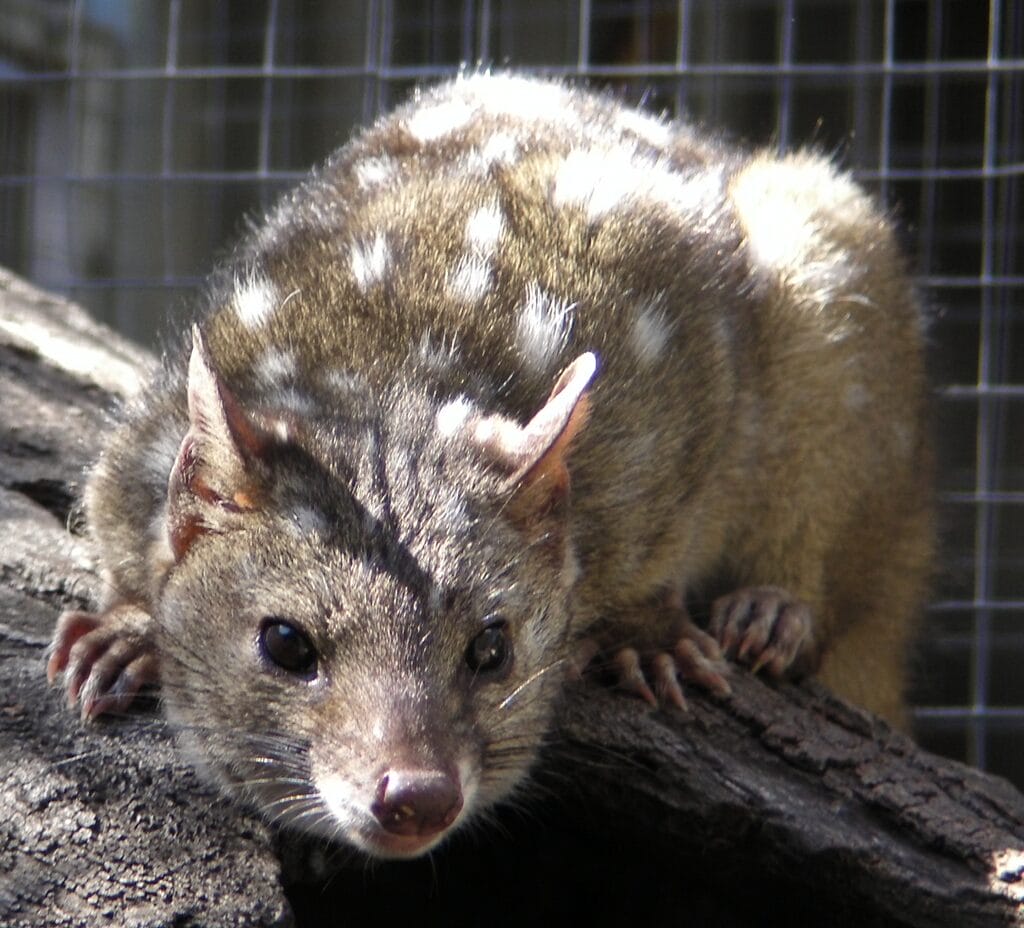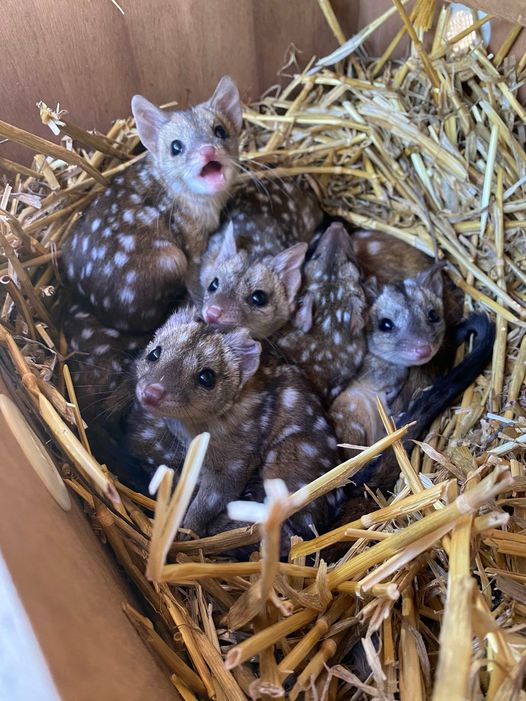A Glimmer of Hope: Western Quolls Make a Comeback
A species once teetering on the edge of extinction is now showing signs of a remarkable recovery, thanks to the dedication of researchers in Australia.
Ecologists at the Mt Gibson Wildlife Sanctuary recently made an exciting discovery—evidence that their efforts to revive the western quoll population are paying off.
A Vital Discovery in the Wild
While monitoring the sanctuary, researchers stumbled upon a litter of newborn, spiky-furred creatures—tiny but significant. These aren’t just any marsupials; they belong to the western quoll species, also known as chuditchs.

Historically, these carnivorous marsupials roamed much of Australia. However, their numbers began dwindling drastically after the arrival of European settlers. Today, their presence is limited to a few scattered populations in the southwestern corner of the country.
Western quolls, about the size of a domestic cat, play a crucial role in maintaining ecological balance. They help regulate the populations of smaller invertebrates, birds, and reptiles, making them a key component of the ecosystem.
A Successful Reintroduction Effort
For months, conservationists have been working to reintroduce the western quolls to Mt Gibson Wildlife Sanctuary, a region where they had been wiped out. Now, the birth of new quolls confirms that the reintroduction project is succeeding. The species appears to be adapting well and reproducing in its new habitat.
“Through regular monitoring, we can see that the quolls are thriving in the sanctuary,” said Georgina Anderson, a senior field ecologist with the Australian Wildlife Conservancy (AWC). “Discovering young quolls in their pouches is a fantastic sign that they have successfully settled into their environment.”
One standout quoll, affectionately named Aang, has captured the attention of researchers. Frequently spotted on wildlife cameras, Aang is not only one of the largest and most striking quolls but also quite the troublemaker—raiding bait canisters and making rounds to collect the chicken used in monitoring traps.
A Future Full of Hope
The discovery of newborn western quolls marks a significant milestone in conservation efforts, offering renewed hope for the species’ survival. If these efforts continue to succeed, perhaps one day, western quolls will once again roam freely across more regions of Australia.
This uplifting news is worth sharing—let’s spread awareness and celebrate this conservation victory!
